Cybertruck: Tesla’s Bold Vision for the Future of Pickup Trucks
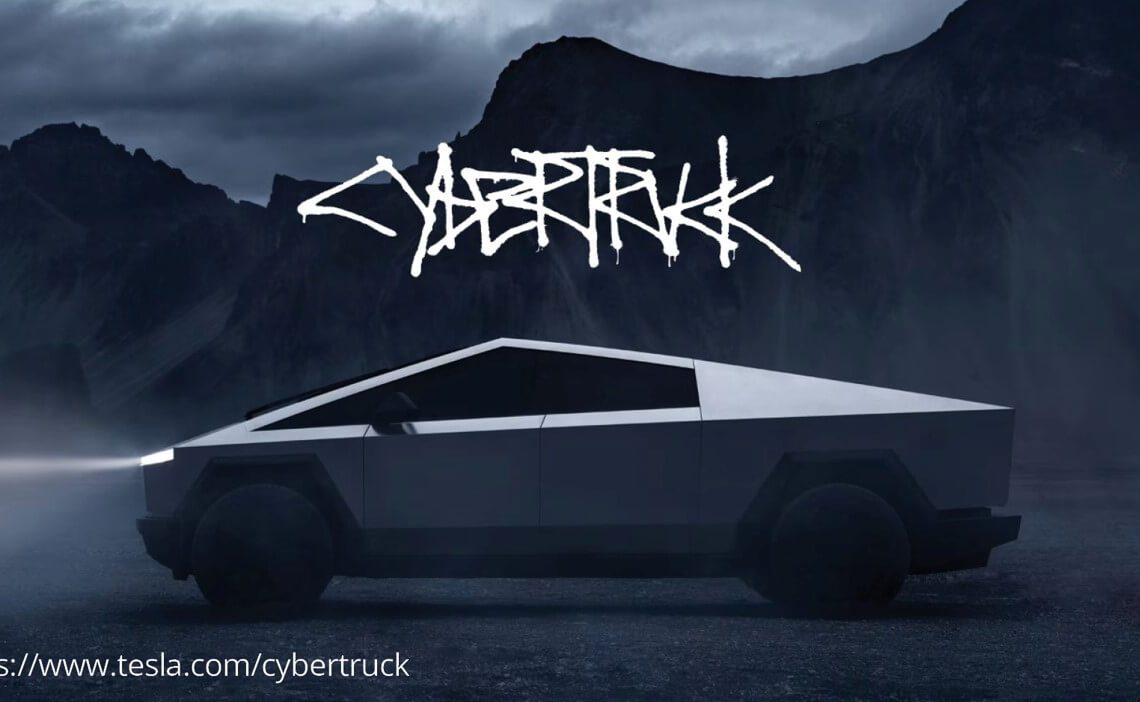
In late 2019, Tesla unveiled the Cybertruck, a vehicle that looks like it was pulled straight from a science fiction movie. With its unconventional, angular design and armored vehicle capabilities, the Cybertruck represents a significant departure from traditional pickup truck designs. This article explores the features, implications, and controversies surrounding Tesla’s Cybertruck, positioning it within the broader context of automotive innovation and sustainability.
Design and Build
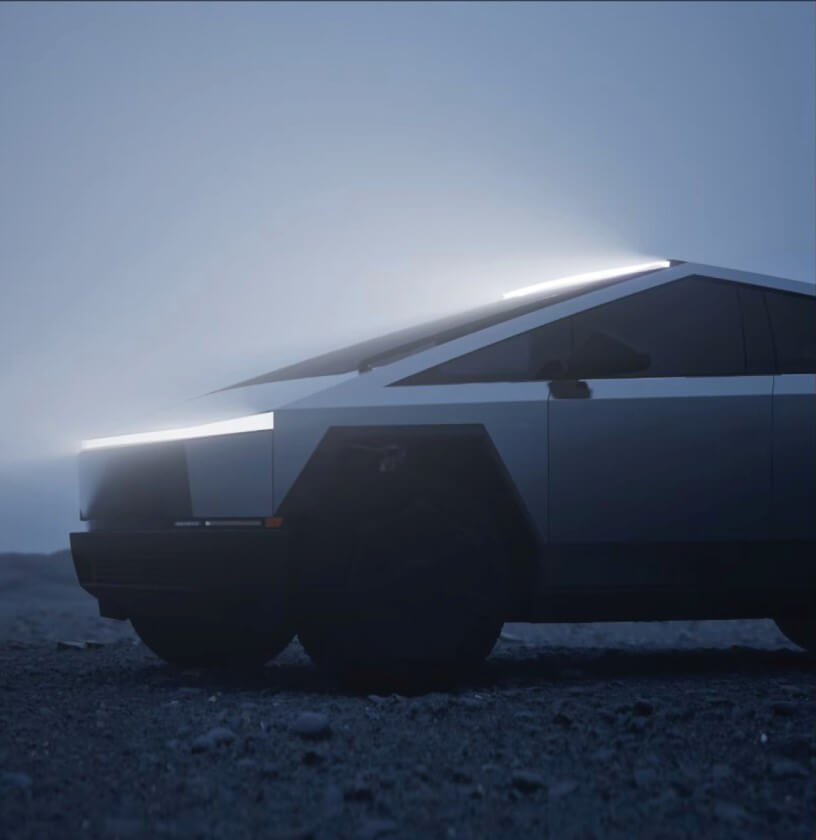
The most striking aspect of the Cybertruck is undoubtedly its design. With sharp lines and a futuristic aesthetic, the vehicle’s exterior is made from a newly developed stainless steel alloy, the same material used for SpaceX rockets. This ultra-hard cold-rolled steel is touted for its durability and damage resistance. The design is not just for show; it serves a functional purpose, contributing to the vehicle’s overall strength and rigidity.
Performance and Specifications
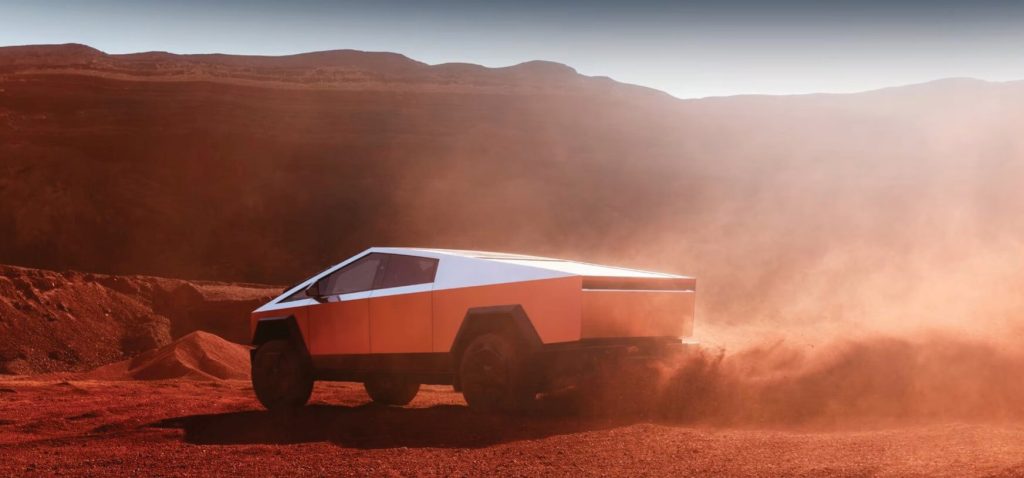
Tesla claims that the Cybertruck will deliver exceptional performance both on-road and off-road. It comes in three variants differing in the number of electric motors: single, dual, and tri-motor versions. The top-of-the-line tri-motor AWD variant is expected to go from 0 to 60 mph in approximately 2.9 seconds, with a towing capacity of over 14,000 pounds and a driving range of more than 500 miles on a single charge. Such specifications position the Cybertruck as a formidable competitor not only in the electric vehicle market but also in the traditional pickup truck market.
Features
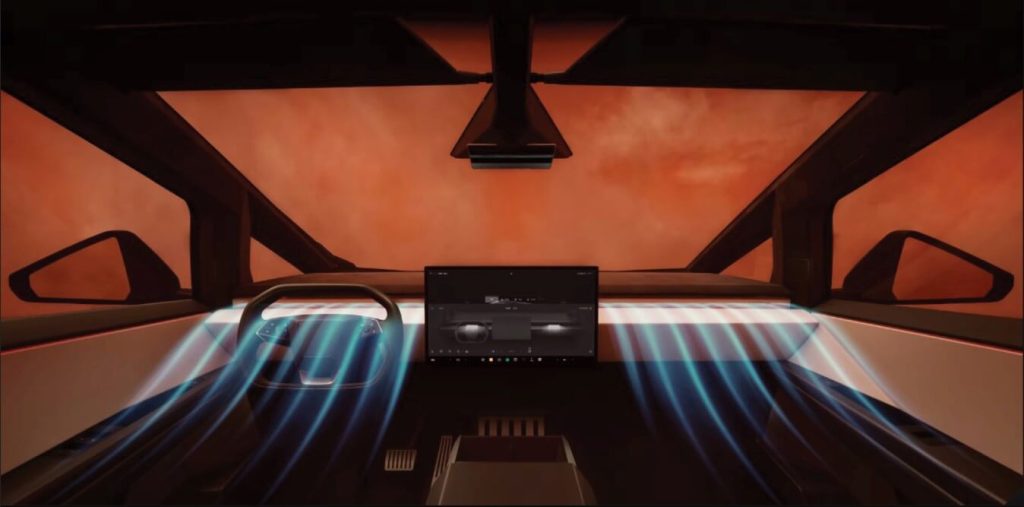
The Cybertruck is packed with innovative features that enhance its utility and futuristic appeal. It includes a self-leveling suspension that adjusts to varying loads, an adaptive air suspension system, and a spacious cargo area with a unique sliding cover. Additionally, the truck’s interior promises to be as futuristic as its exterior, with a minimalist dashboard featuring a large touchscreen interface at the center of all controls and functionalities.
Market Implications
The introduction of the Cybertruck is set to disrupt the automotive industry, particularly the segment of pickup trucks traditionally dominated by models like Ford’s F-150 and Chevrolet’s Silverado. Tesla’s foray into this market segment is seen as a bold move to electrify a category that has been slow to adopt electric technology. By integrating features like superior towing capacity and off-road capabilities, Tesla is directly challenging conventional notions of what electric vehicles are capable of.
Controversies and Challenges
The Cybertruck’s unveiling was not without controversy. During a live demonstration designed to showcase the durability of its “armor glass” windows, the glass broke, leading to significant media coverage and public scrutiny. This incident highlighted the challenges Tesla faces in delivering on its ambitious promises.
Furthermore, the radical design of the Cybertruck has polarized opinions, with some praising its innovation and others critiquing it as impractical. The vehicle’s impact on safety, both for passengers and pedestrians, has also been a point of discussion among critics and industry observers.
Conclusion
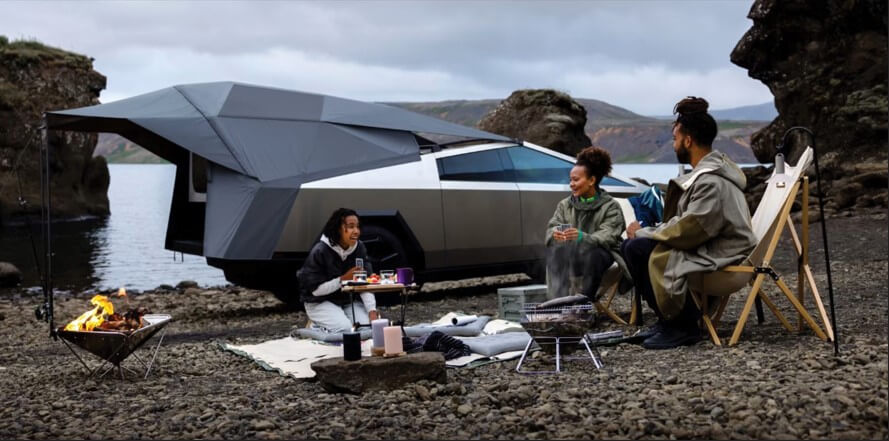
Tesla’s Cybertruck is more than just a new vehicle model; it is a bold statement about the future of automobiles. It challenges existing standards of vehicle design and performance, pushing the boundaries of what electric vehicles are expected to offer. As Tesla moves towards production, the automotive industry and consumers alike are keenly watching. Will the Cybertruck become a common sight on roads, or will it remain a niche product appealing only to a segment of tech enthusiasts and early adopters? Only time will tell, but one thing is certain: the Cybertruck has already made an indelible mark on the narrative of automotive evolution.






